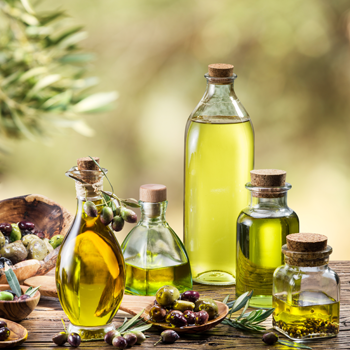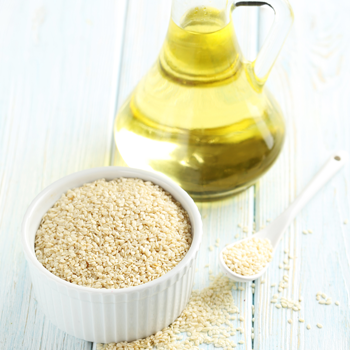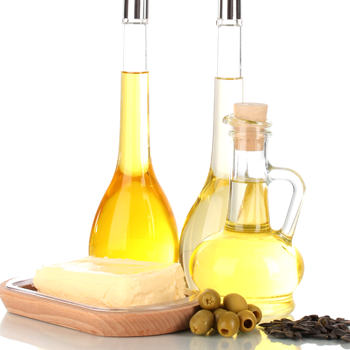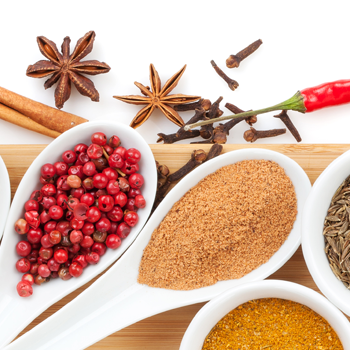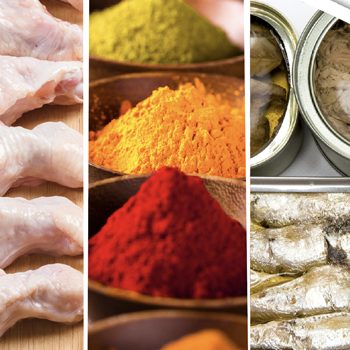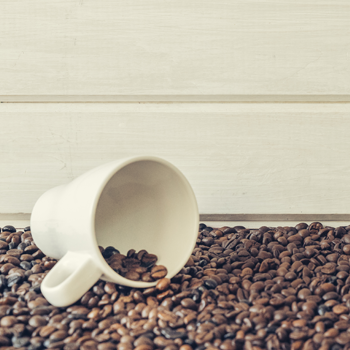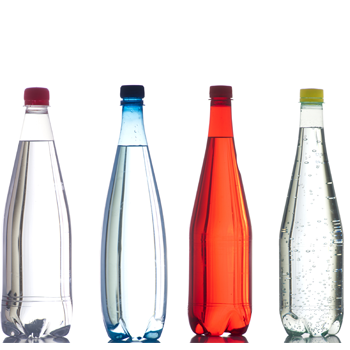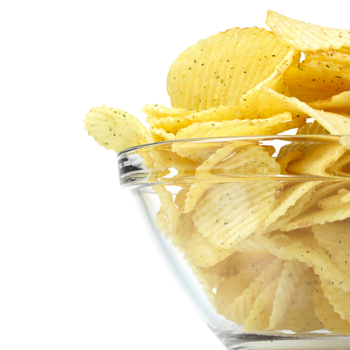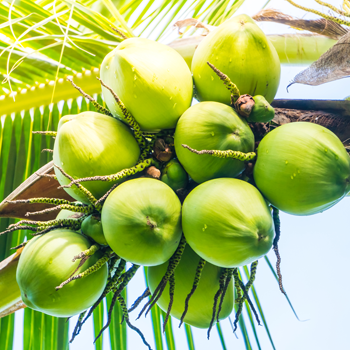เทคโนโลยีการถนอมอาหารด้วยความดันสูง
โดย: APEC Center for Technology Foresight (APEC CTF)
STI Information and Foresight Centre (STI IFC)
National Science Technology and Innovation Policy Office (STI)
จากการส่งเสริมการกินอยู่เพื่อสุขภาพที่ดีผ่านโครงการต่างๆ ของภาครัฐในช่วงหลายปีที่ผ่านมา ทำให้ผู้บริโภคเริ่มตระหนักถึงความสำคัญของการเลือกบริโภคอาหารที่เป็นประโยชน์ต่อร่างกาย โดยเฉพาะอย่างยิ่งในยุคที่อินเทอร์เน็ตและสื่อสังคมออนไลน์แทรกซึมไปทุกหนแห่ง จนใครก็สามารถเข้าถึงข้อมูลข่าวสารได้อย่างง่ายดาย ผู้คนก็ยิ่งเริ่มมองหาคำแนะนำเกี่ยวกับการรับประทานอาหารที่ดีต่อสุขภาพจากโลกออนไลน์มากขึ้น เกิดเป็นกระแส “กินคลีน” หรือความต้องการซื้อหาอาหารและเครื่องดื่มคุณภาพสูงในที่สุด ความต้องการที่เพิ่มมากขึ้นนี้เองที่กลายเป็นสิ่งกระตุ้นให้ผู้ผลิตในอุตสาหกรรมอาหารต้องพยายามหาวิธีเก็บรักษาอาหารให้มีอายุยืนยาว โดยยังคงความสดใหม่และคุณค่าทางอาหารเอาไว้อย่างเต็มที่
กระบวนการถนอมอาหารโดยไม่ใช้ความร้อน (Non-thermal processing) สามารถยับยั้งการทำงานของเชื้อจุลินทรีย์และเอนไซม์ได้ โดยไม่ส่งผลเสียต่อความสดและรสชาติของเนื้ออาหาร ซึ่งแตกต่างจากการพาสเจอร์ไรส์และสเตอริไลส์ซึ่งต้องใช้ความร้อนสูง กระบวนการที่ไม่ใช้ความร้อนนี้จะรวมถึงการฉายรังสีการฆ่าเชื้อ อัลตราซาวนด์ หรือการใช้กระแสไฟฟ้า เช่น เทคนิคสนามไฟฟ้า (Pulse electric field) เทคนิคแสงความเข้มสูง (High-intensity light pulses) เทคนิคสนามแม่เหล็ก (Oscillating magnetic fields) ตลอดจนเทคนิคการใช้แรงดันน้าความดันสูง (High hydrostatic pressure) ซึ่งเป็นเทคนิคสำคัญที่ถูกนำไปใช้กับอาหารพร้อมรับประทานหลากหลายชนิด อาทิเช่น การใช้ระบบ Fresher under pressure ในการผลิตอะโวคาโดดิพพร้อมรับประทาน (Guacamole) ในประเทศสหรัฐอเมริกา หรือกระบวนการผลิตแฮมแผ่นในประเทศสเปน1 ซึ่งสามารถยืดอายุแฮมจาก 3 สัปดาห์ เป็น 8 สัปดาห์ เป็นต้น นอกจากนี้ การผลิตโดยใช้ระบบของประเทศฝรั่งเศส2 สามารถยืดอายุน้ำส้มและน้ำเกรพฟรุตจาก 1 สัปดาห์ เป็น 3 สัปดาห์ได้เลยทีเดียว
Over the last few years, due to government promotional campaigns in “health-and-wellness” food and beverages, consumers have developed better health awareness and hence demands in high-quality food and beverages. The effects of internet penetration together with easy-to access knowledge resources and social media services have led consumers to seek online advices for healthy eating.
Consequently, this has encouraged the food industrial sector to produce preserved food with minimised chemical treatment, maintained high nutrients, and longer shelf life. Traditionally, high-temperature methods used for food preservation require size reduction and cause unavoidable losses of essential nutrients and original characteristics such as colours, textures, and flavours. As opposed to pasteurisation and sterilisation, non-thermal treatments can be applied to inactivate micro-organisms and enzymes without affecting the freshness and palatability of food matrix. These include irradiation, antimicrobials, ultrasounds, electrical methods such as pulse electric fields, high-intensity light pulses, and oscillating magnetic fields, and high hydrostatic pressure. The latter, in particular, has been performed on a variety of convenient food products such as guacamole in the U.S. by Fresher under pressure system, sliced ham1 in Spain (shelf life extended from 3 weeks to 8 weeks), and oranges and grapefruit juices2 by ULTI company in France (shelf life extended from 5-8 days to 3 weeks under refrigerated storage).

